Are you a contractor?
Join our network and attract real clients!
Table of Contents
15 min read
Building the Future: Unveiling New Construction Materials


15 min read
Building the Future: Unveiling New Construction Materials
Advice for contractorBuilding the Future: Unveiling New Construction Materials
The construction industry is witnessing an onset of new materials, and it’s much more than an evolution, it’s a revolution. Considering that the industry ranks as one of the leading global sources of CO2 emissions, it’s a definite turning point.
What are the new construction materials?
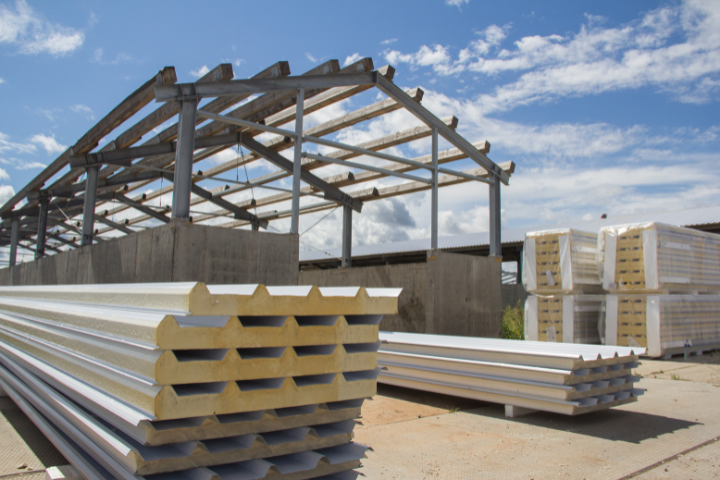
The new materials are:
3D concrete
Smart glass
CLT
Hemp
Bamboo
As you’ll come to find out in this article, there are even more materials. Some are already used in construction (hemp, CLT), some are still being developed (3D concrete), and others are still in the stages of a feasibility study (bamboo).
One thing’s for sure though, these materials are foreshadowing the future of the construction industry, and possibly the path to saving our planet from the climate crisis. This potential outcome was definitely understood by many players worldwide, putting in the hours to find solutions to jump over our man-made hurdles.
What are the most common materials used to build homes in this day and age?
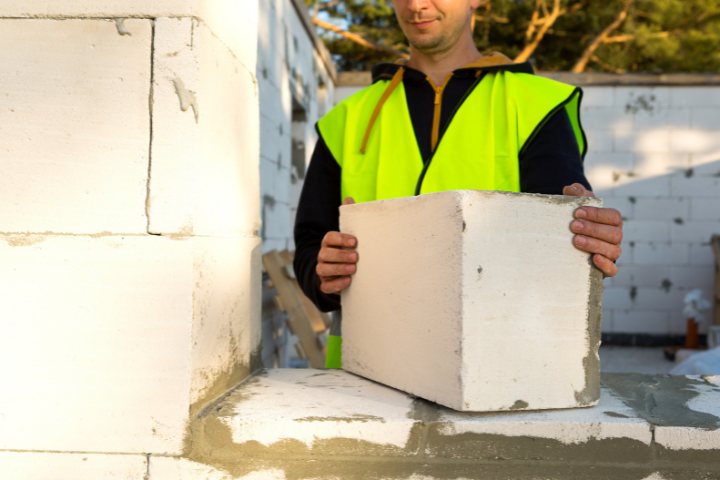
Concrete: A Must
After water, concrete is the most used natural resource in the world. So much so that once you finish reading this sentence, 3,800,000 litres of concrete will have been used by the construction industry.
Every year, that’s 3 tons of concrete for every human on earth. And, since its carbon footprint is overwhelmingly significant, the construction industry is now turning to recycled concrete. This material allows for:
conserving 30% of the natural resources;
reducing transportation costs; and
improving turnarounds.
Since the use of recycled concrete is limited to building projects with a C30/37 compressive strength, it’s definitely not the future, yet it does contribute to reducing the industry’s environmental impact.
Wood: Standard and Renewable
Do you, by any chance, happen to know which country’s the leader in wood-frame construction? If you guessed Canada, you’d be right. This is partly due to cutting-edge interdisciplinary research. In fact, Vancouver is home to one of the tallest timber hybrid buildings in the world: the Brock Commons. This plyscraper is the first timber hybrid, steel, and concrete project with over 14 stories.
This residence building houses 404 students and is the equivalent of eliminating 511 cars worth of CO2 emissions every year or 2,432 metric tons.
To prevent the depletion of this resource, Canada has established one of the most stringent legislations in the world. The latter is directly upheld by provinces and territories according to:
sustainable forest management principles;
the partnership made between citizens and the forest industry; and
scientific research results.
As we’ll come to see, timber is an integral part of new building materials, with products like CLT (cross-laminated timber).
Metal: Resistant and Versatile
It made its way onto the construction circuit for 3 reasons:
The need for space
The pursuit of a new aesthetic
A quick assembly
Metal has permeated every sector requiring large storage surfaces:
Farms
Storage facilities
Warehouses
Metal also offers a significant aesthetic liberty. It’s why American architect William Van Alen used it for the Chrysler Building in New York. Before him, Lewis Cubitt employed it for London’s famous King’s Cross railway station framework.
A metal framework is almost entirely prefabricated in manufacturing plants and later assembled on-site. However, evaluating the resistance is a rather complex undertaking that relies on several factors (type of roofing, siding, weather conditions, etc.).
Albeit it’s no longer considered an innovative material due to its extensive use since the 19th century, metal remains a safe and thoroughly mastered material for construction workers.
Glass: For Light and Aesthetics
Have you heard of glass blocks? Well, make a mental note that this material, just like metal and wood, is no longer considered a new construction material. This might come as a surprise, but glass, especially in regards to glass blocks, came about in 1893 during the World’s Columbian Exposition (Chicago’s World Fair).
Ever since, glass blocks have been well-received, since they:
insulate;
allow light to seep through; and
are fireproof.
When Gustave Falconnier, the inverter of glass blocks, asserted that his invention protected against the cold, heat, noise, and humidity, he was on to something. In fact, glass blocks have a thermal coefficient of 1.10 W/m².K. That’s almost twice as much as high-density concrete (2 W/m²K). In terms of aesthetics, translucent (or light-transmitting) concrete—largely inspired by glass blocks—may indeed be the only worthy contender.
The Onset of New Building Materials
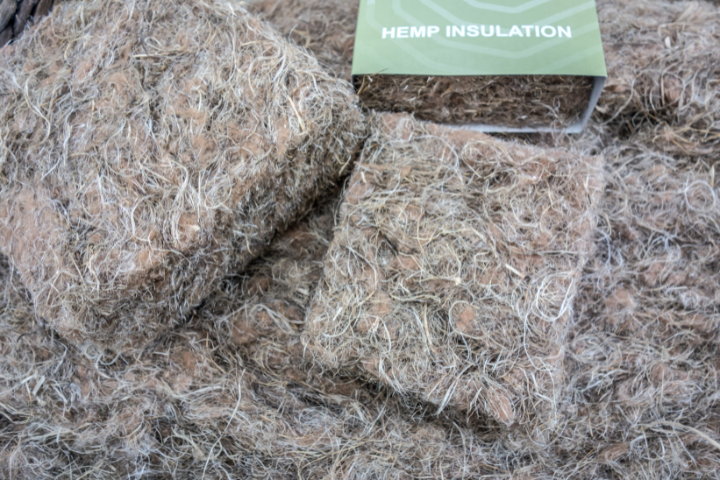
Cement-, metal-, timber-, or glass block-based constructions had to reinvent themselves in response to environmental challenges. For example, for concrete, University of Exeter researchers developed a graphene-based concrete they’ve come to call GraphCrete, that emits fewer greenhouse gas emissions.
Across the Atlantic, Université de Sherbrooke researchers are suggesting replacing a part of the cement used in concrete with glass derived from the 200 million wine bottles that are disposed of for recycling every year.
Still in Quebec, Université du Québec à Chicoutimi researchers are suggesting a new curriculum dedicated to designing multi-storey timber structures (residential, non-residential, landmarks). All this goes to show that the construction industry is buzzing.
However, while developing innovative materials is beneficial, it certainly doesn’t come without its load of hurdles to overcome before their application.
Pros and Cons of New Materials

In a world full of innovative building materials, construction worksites become a meeting ground for both benefits and drawbacks. Are you ready to uncover why these new materials are overhauling the face of construction?
Reducing the Carbon Footprint Courtesy of New Materials
The carbon footprint isn't limited to the materials that make up a building’s structure. It also concerns insulation materials or even energy-generating sources like solar panels.
Seeking environmental sustainability isn’t a new initiative. At the end of the 19th century, Sir Ebenezer Howard, an English urban planner, founded the city garden movement. In 1932, Frank Lloyd Wright theorized a nature-based city. Still in the 1930s, Richard Buckminster Fuller designed the Dymaxion House, a home conceptualized around natural heating and ventilation.
During the 1940s, research continued to develop across the bioclimatic architecture and solar industry, which brought to light concepts such as:
Glazing guidelines
Trombe wall
Such research serves as an early indicator of the innovative building materials we’ll cover later on in this article.
Managing New Building Material Costs
What really hindered architectural breakthroughs were the costs associated with constructing these new types of buildings. In the United States, when Tesla launched their photovoltaic solar rooftop tiles, it was genuinely deemed cutting-edge, but at what cost? The cost of a Tesla vehicle: $100,000.
Sometimes, it goes even further. As such, Sir Ebenezer Howard put his Social City on paper, it wasn’t simply its architecture he had in mind, but the United Kingdom’s entire social organization.
As for production costs, when they’re not directly passed down to the buyer, they’re imposed on the contractors. 3D concrete speaks for itself. A 3D printer requires a $250,000 investment.
For smaller businesses, the biggest issue rests on the fact that these new materials are often issued from innovative technologies, meaning without a normative framework. As a result, such innovations can only be done at a preliminary stage. The material’s durability can’t be guaranteed over time.
Ensuring New Material Durability and Resistance
The challenge of introducing new building materials rests on the following constraints:
Costs
Strength
Durability
Standards
In the construction industry, a material can only be used if it is deemed safe. Otherwise, the outcome could be catastrophic. A dilapidated building collapsed in France in 2018, claiming the lives of eight individuals. In September 2023 in Montréal-Nord, a man lost his life when the ground floor of a building partially collapsed.
To prevent these tragedies, not only should we be able to accurately predict the lifespan of a new material, but also regulate its use:
Conditions of use
Strength assessment rules
Good practices
Usage limits
etc.
All these factors represent just as many challenges when it comes to marketing these innovative materials. Here’s why graphene-based concrete, or recycled glass concrete, has yet to be used by contractors.
How have building materials evolved over the last few years?
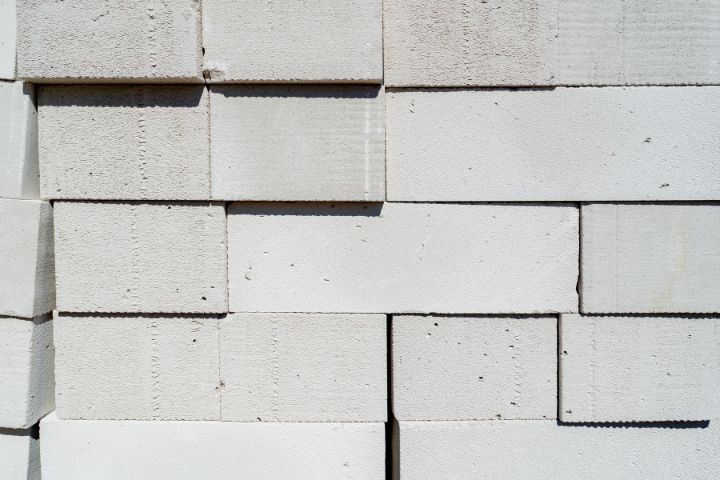
Over the last few years, building materials have seen a significant development, marked by the onset of cutting-edge technologies. This development not only reflects a heightened environmental awareness but also an ongoing pursuit in the construction industry for efficiency and sustainability.
An Ongoing Revolution in the Realm of Concrete
The concrete industry, singled out for its greenhouse gas emissions, is pulling out all the stops to overhaul this product. Within the span of a decade, new products have seen the light of day.
Fibre-Reinforced Concrete: Lightweight and Strong
Traditional concrete has one drawback: a lack of tensile strength. To overcome this obstacle, fibre-reinforced concrete was developed. The use of this material was instrumental in breaking records:
Tensile strength of 2,300 MPa | 500 MPa for standard concrete
Compressive strength of 150 to 250 MPa | 30 MPa for standard concrete
Fibre-reinforced concrete is made with metallic and polymer fibres, which improve several factors:
Cohesion
Ductility
Shear strength
Scaling
Lastly, fibre-reinforced lightweight concrete can weigh in at a meagre 600 kg/m³, while standard concrete doesn’t weigh under 2,300 kg/m³.
3D-Printed Concrete
It came about the building industry as a genuine development, a promise of a future for this industry that’s constantly under strain. With 3D-printed concrete, house walls can be erected in 24 hours. Have you done the math? The process is 95% more time-efficient.
This noteworthy accomplishment is known as 3DCP—3D concrete printing. This newfound technology uses a specially developed concrete recipe designed for 3D printing needs. This concrete must not only have extrudable and stable properties but also be flowable and viscous in nature.
This is exactly where its limitations seep through since to be 3D-printed, the concrete must strike the right balance to merge conflicting characteristics. As of today, this technique has solely been mastered by leading manufacturers and suppliers like Lafarge in France and PERI in Germany. And, for now, only four-storey or fewer buildings can be constructed using 3D-printed concrete.
Translucent Concrete
Translucent or light-transmitting concrete first came on the scene in Hungary in the early aughts. Here’s its recipe:
Fibreglass
Cement matrix
With only 4% fibreglass, concrete becomes translucent. The only hiccup is cost. To render this material more cost-efficient, its inventor, Áron Losonczi, replaced fibreglass with plastic.
This type of concrete can be used for:
3D components
Logo incorporation
Graphic components
Large-scale items
Naturally, the concrete industry sought to improve the formulation to make structurally sound concrete, yet to no avail. Nowadays, light-transmitting concrete is manufactured with resin or glass shards.
Glazing with Better Thermal Insulation
Since the 1940s, glazing thickness has become a leading factor. To limit heat loss in winter and warm air drafts in summertime, glass panes are made thicker.
In this day and age, when referring to “insulated glazing” or “smart glazing,” we’re basically defining double- or triple-glazed windows.
Smart Glazing: Optimal Thermal Efficiency
Smart glazing doesn’t reflect light but rather has atypical properties. On top of having anti-burglary, laminated, or insulation features, it can also be:
Colour changing
Thermochromic
Electrochromic
Photochromic
Thermal
Self-cleaning
Photovoltaic
etc.
The most sought-after purposes come in threes:
Improved comfort
Energy efficiency
Power generation
Vacuum Glazing
Vacuum-insulated glass (VIG) works just like double- or triple-glazing. Meaning it also has a vacuum space filled with either air or gas sitting between two layers of glass.
However, the vacuum (cavity) is generated within the glass pane itself. While it’s especially efficient in terms of its thermal insulation performance (0.4 to 0.7 W/m²⋅K), it’s not strong enough to garner interest from the construction industry. Its welds are fragile, thereby undermining its quality, especially since the glass isn’t tempered.
New, Eco-Friendly Materials
New green materials, such as recycled composites and natural insulators, meet the growing demand for eco-friendly options. By favouring renewable resources and reducing carbon emissions, solutions such as these are a modern-day and sustainable approach for construction projects.
Cross-Laminated Timber (CLT): A Barely-There Ecological Footprint
The characteristics of CLT make it so that one might say it has zero ecological footprint, aside from a positive one. Why? Because every cubic metre of a CLT panel can store up to one ton of carbon.
Moreover, it’s worth noting that every CLT-based construction uses this sustainable material instead of environmentally hazardous ones like steel or, worse yet, concrete. Therefore, every tall building made of CLT sees its environmental impact drop by 40%.
Cellulose Fibre: Natural Insulation
Cellulose fibre is manufactured from recycled paper. Similarly to 3D concrete, this new material has yet to garner enough feedback regarding its use and properties. Therefore, it isn't used as much as other, more common, insulation materials.
However, other characteristics are hindering its usage. While cellulose fibre has a thermal conductivity coefficient of 0.040 W/mK, the paper component has several drawbacks, such as:
an elevated hygroscopicity (the propensity to retain water and other liquids);
high flammability; and
a likelihood of mould growth.
Therefore, to use it optimally and sustainably, contractors must have an in-depth understanding of the material’s limitations.
Hemp: A Thriving, Bio-Based Material
Hemp is derived from a plant that's been legally cultivated in Canada since 1988, and its fibres are used to make what's known as "hemp wool". In reality, this bio-based material is made from a mixture of thermally woven, non-bonded hemp fibres (15%) with one of the following:
Polyester
Starch
Potato starch
Compared to other insulation materials, hemp wool is nearly four times less energy-intensive than extruded polystyrene (HFC), so 50 kWh/FU instead of 190 kWh/FU.
Now for the best part: Hemp wool is carbon negative, meaning -0.78 kg CO2 eq./FU.
In other words, hemp wool is a carbon sink, whereas other types of wool, such as Rockwool, reach 45 kg CO2 eq./FU.
To wrap up this section, note that hemp also has short fibres, known as “shives” or “hurds”. The latter is used to manufacture hempcrete.
Bamboo: A Renewable Source
What do you picture when you hear “bamboo” and “concrete”? Probably two antagonists. One is virtuous, lightweight, and highly resistant to compression and traction, whereas the other is a major pollutant, heavy, and not as resilient when exposed to stresses.
Yet, the construction industry managed to blend the two materials into products you wouldn’t normally expect:
Fibre-reinforced concrete
Reinforced concrete
While using bamboo with fibre-reinforced concrete might seem more conventional, using it with reinforced concrete is under consideration. It’s said to be used instead of steel rebar. It’s also a worthwhile option in Asian countries where the cost of steel leads builders to solely use brick or concrete.
It’s unfortunate given that bamboo has very valuable characteristics. Its density is equal to that of wood (600 kg/m³), yet the energy needed for its production is six times less than that of concrete and 780 times less than steel.
However, there are still several problems to overcome, namely:
Waterproofing issues
Humidity-caused swelling
Cracking
Its upsides should still be noted:
A 40% lighter structure
Faster construction (2 to 3 weeks)
Recycled Materials: For a More Sustainable Construction
Yes to recycling, but not all materials. While wood, asphalt shingles, and gypsum are all perfectly recyclable, the same can’t be said of concrete.
As a matter of fact, in Canada and the United States, recycled concrete is solely used for two purposes:
Earthworks
Pavement
Why isn’t it used for building? Recycled concrete shares the same weaknesses as standard concrete, yet degrading concrete can only produce concrete with similar structural weaknesses. In Canada, this type of concrete reacts, unfortunately, very poorly when exposed to freeze-thaw cycles or varying humidity levels.
On the other hand, recycled wood is retailed and is perfectly sound. Why? Because wood containing metallic items (screws, nails, staples), paint, or was repurposed from farmland structures, frameworks, or floors, is solely used as fuel.
As for shingles, they coat roads and roofs and also serve as fuel. To ensure rooftops maintain their quality over time, the United States Department of Energy determined that they shouldn’t be coated in more than 20% recycled asphalt.
This same restriction is imposed on gypsum. This perfectly recyclable material is only found in 10-20% of new panels.
In-Roof Solar Panels: For Clean Energy
Energy efficiency relies on in-roof solar panels. We already mentioned Tesla’s rooftop innovation, which, unfortunately, doesn’t have a budget-friendly price point.
The next course of action is to move toward more traditional materials, like photovoltaic panels or glazing. However, you have to choose the most efficient panels.
The goal is to install the most powerful panels to limit the production surface. As for the windows, the filter is valuable, but let this be a friendly warning: it does darken when it’s especially sunny, thereby reducing the room’s brightness.
Building Tomorrow’s Structures: Training Ourselves to Use New Materials
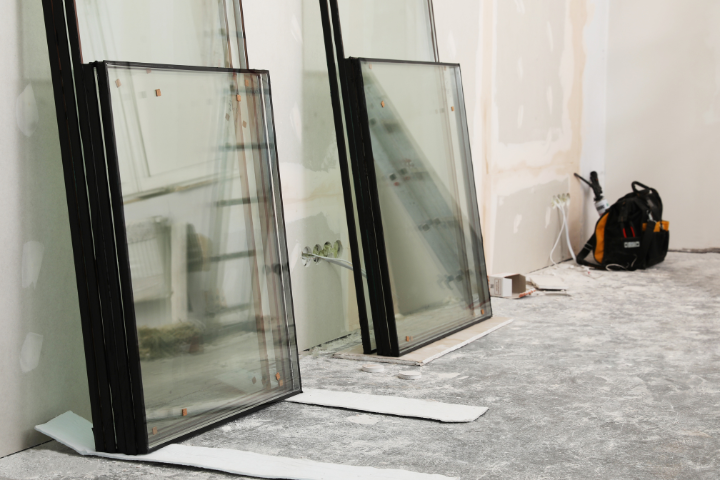
Achieving high-quality thermal insulation by way of natural fibres and ensuring your home leaves the smallest environmental footprint possible, all while using green building materials necessitates extensive training.
Eco-friendly construction materials are, for the most part, new. Reducing the use of plastic and polymers isn’t a simple feat, but universities are on it.
At Université Laval, you can take a class on cellulose fibres.
In Sherbrooke, the university laboratory is working full force on 3D concrete printing.
In Chicoutimi, the Université de Québec à Chicoutimi offers a class on sustainably designed, wood-based buildings.
Even if green building hasn’t yet reached a commercial scale, start-ups can nonetheless train their employees accordingly.
Naturally, this means that workers will have to go back to school, but this can bring about a competitive edge. Now, more than ever, traditional building materials will be replaced but new, cutting-edge materials. It’s still difficult to pinpoint which will be deemed indispensable, but they’ll soon be too significant to overlook.
What are tomorrow’s materials?
It’s impossible to tell. We know that several materials are currently being developed, and they were featured in this article, but it’s impossible to say which will be used in the future.
There’s still a lot of progress needed for relatively new materials, such as cellulose fibre and its lack of resistance to humidity. What’s there to say about 3D-printed concrete, a material for which its quality is entirely dependent on the accuracy at which its components are mixed (quantity, speed, etc.)?
What’s for sure is that tomorrow’s materials have already been developed. However, no one can pin down the long-term performance of each.
Which era is the construction industry heading toward?
The plastic, polymer, and traditional concrete era is seemingly coming to an end. Bio-based construction materials are making their way on the scene in real estate projects. Graphene-based concrete, CLT-based houses, or even bamboo, all contribute to limiting greenhouse gas emissions.
However, challenges aren’t scarce:
Managing costs
Measuring tensile strength
Appreciating sustainability
These are all factors that greatly complicate the progress of several cutting-edge materials.
However, in every country, universities are at the forefront of this issue to overcome these challenges. All the institutions mentioned realize that sustainable materials are the future. As such, these are the materials that will be retailed in the next couple of decades or so—a compelling argument for all construction companies.
Get new contracts for your construction or renovation company
RenoQuotes.com can help you get new contracts. We get new project proposals from clients seeking top-rated and trustworthy renovation professionals like yourself. To get started, simply fill in the form on our homepage (it only takes a few minutes) and receive information regarding potential clients by way of our services.
Dial 1-844 828-1588 to speak with one of our customer service representatives.
Last modified 2023-12-15
Looking for something else?
Related articles
The latest industry news, interviews, technologies, and resources.

RenoQuotes.com • 19 Feb 2024
Nowadays, industries that don't have dealings with subcontractors or outsourcers are scarce. For example, in the construction industry, contractors can resort to hiring the services of a subcontractor if they don’t have the required time to carry out a given project themselves.

RenoQuotes.com • 10 Apr 2024
Feeling intimidated at the thought of writing a renovation quote for a potential or loyal client? RenoQuotes.com has a few tips on how to prepare an estimate and how to present it to your clients.

RenoQuotes.com • 07 Nov 2023
The kitchen is a space of collaboration and cohabitation, where friends and family gather to cook, clean and hang out. Many important elements and fixtures occupy this room, and often overlooked is the humble backsplash.
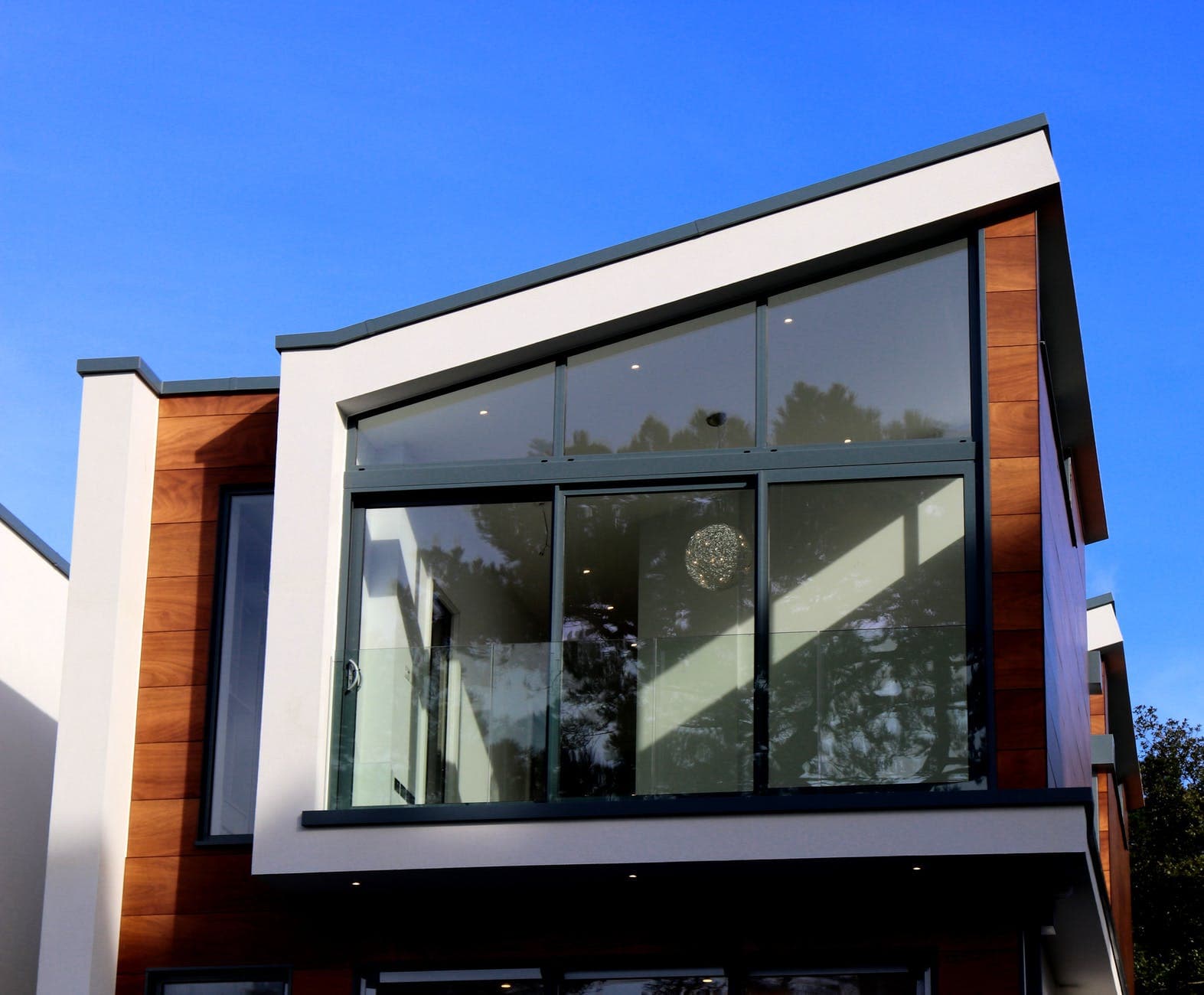
Cynthia Pigeon • 07 Nov 2023
Besides opening up to the outside world, windows in a home also help maintain that precious warmth we so desperately crave during the winter months. When it is time to replace them, it is also important to consider the appropriate type of framing that will both meet your aesthetic and thermal needs.

RenoQuotes.com • 07 Nov 2023
Demolition may be one of the more exciting parts of construction, as you witness floors, walls, and ceilings can all come down within an instant. While demolitions can be fast, thrilling, and messy, this doesn’t mean that they can be completed mindlessly.